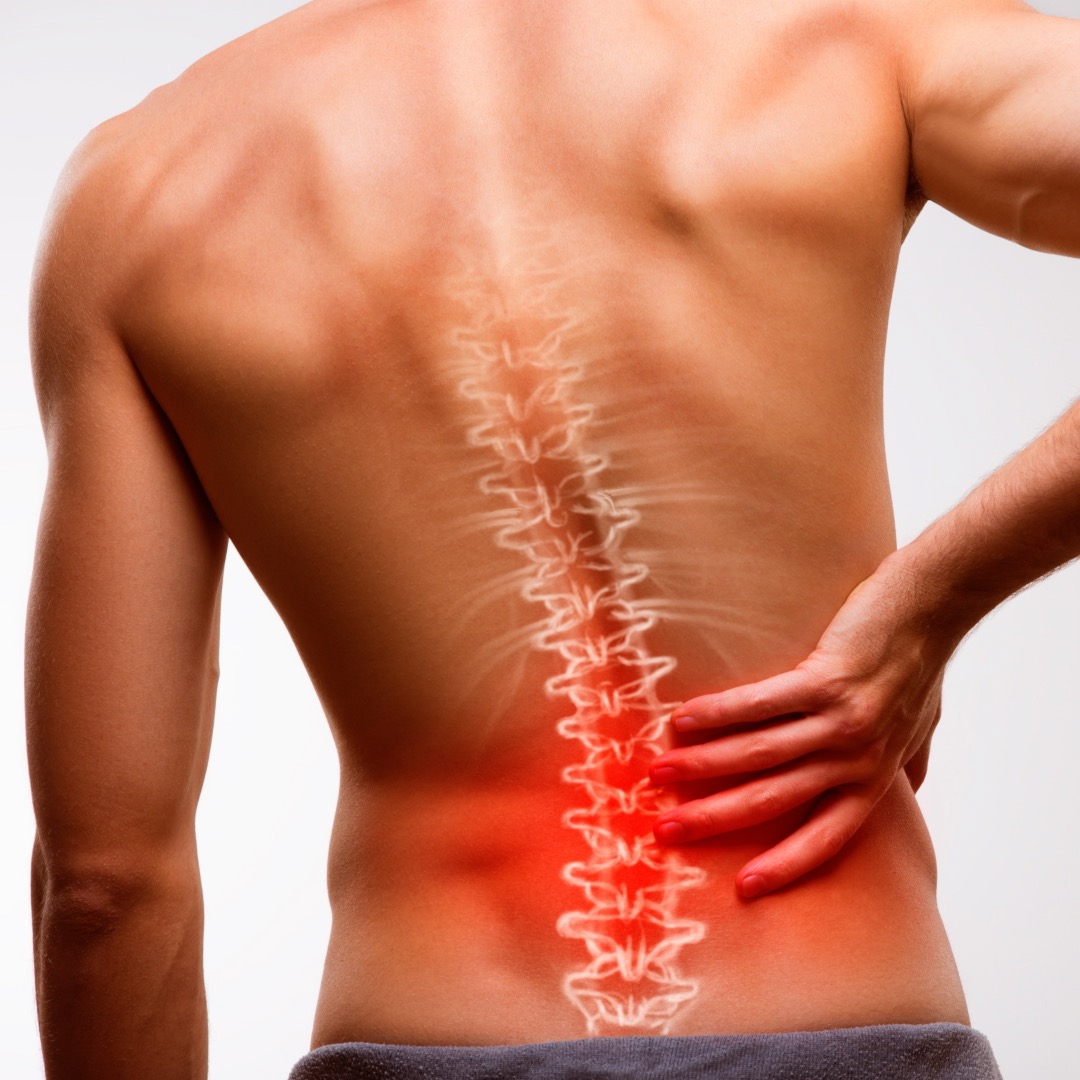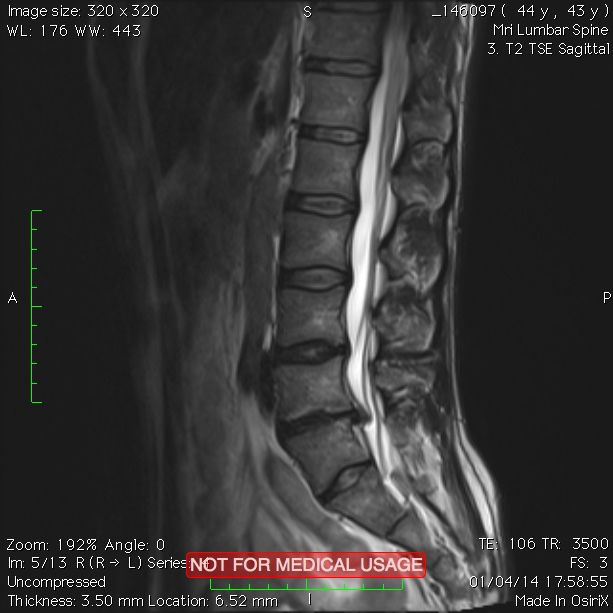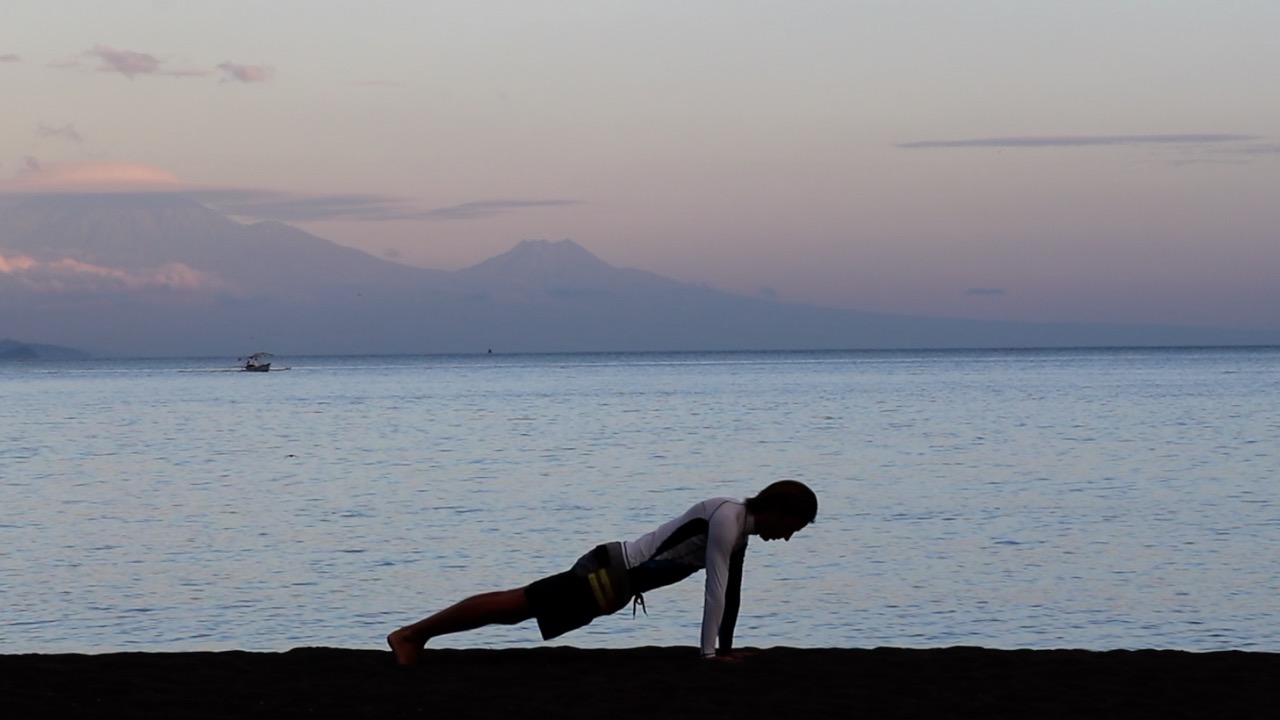Lower Back Pain: Causes, Symptoms, Exercises
Many of you if not everyone know this feeling - you were just trying to tie a shoelace or load shopping bags into the car trunk and all of a sudden there is a sharp pain that you feel in your lower back. You already know that such pain signals a problem and usually a doctor’s visit, medication, physiotherapy and a couple of weeks of compromised mobility. So annoying!
Topics which you are going to learn in this article
- What causes lower back pain and what are successful solutions to prevent it
- What exactly happens in your lower back when it is painful
- How to help reduce your lower back pain in the acute phase of symptoms
- How to prevent lower back pain
- A short story of my personal experience with lower back pain and how I have managed to address it

What causes lower back pain and what are successful solutions to prevent it?
Almost all people experience pain in the lumbar part of their spine during their lifetime. In many cases, the pain resolves itself after a couple of days, however not always. Lower back pain is one of the leading causes of missed work and negatively impacts quality of life in general. The pain may be felt as dull and encompassing the entire lower back area, or stabbing, sharp pain like if you are poked by a needle.
Lower back pain can have several reasons. Injury while doing sports, fall, wrong body movement especially lifting weight while rotating your upper body. We have to distinguish between an immediate cause of the pain (e.g. lifting heavy object from the ground) and underlining causes, mainly weak core muscles combined with not enough movement due to our predominantly sedentary lifestyle. Another reason for lower back pain may be wrong body posture, again as a result of sitting too much in a combination with lack of body flexibility and in general lack of exercise. You may also be sitting in a way that puts strain on your back or wearing your bag on one shoulder only which causes your body leaning to one side and again putting pressure on your spine.
There are situations where lower back pain requires immediate medical intervention, please pay attention to symptoms such as numbness or weakness in your legs, difficulty to urinate or loss of bladder control. In case you experience those symptoms, contact your physician without any delay.
What exactly happens in your lower back?
There could be several reasons for your lower back pain. Usually the pain is caused by muscle strain, which leads to inflammation around the impacted body area. In some cases herniated (‘bulging’) spinal disc pressing on the nerve results in severe back pain that can shoot into your leg or buttocks. There are other medical conditions, like chronic inflammation of spinal joints or stenosis which leads to a reduction of space around spinal cord and puts pressure on the nerves.
What exactly triggers pain in your particular situation can be difficult to determine and sometimes even not necessary, especially if the pain is not excruciating and/or chronic, i.e. lasting more than a couple of months. We will discuss various solutions later, nevertheless if you like to understand your condition well, check with an experienced neurosurgeon who will choose relevant screenings such as X-ray scans, CT scans or MRI - magnetic resonance imagery. These examinations may reveal issues in your lower back that are otherwise hard to detect.

How to help reduce your lower back pain in the acute phase?
As discussed earlier, we have to differentiate between addressing an acute pain situation versus the underlining causes of your back pain.
Acute pain can be in general resolved by anti-inflammatory medications like Ibuprofen, warm shower or bath, warming creams like Tiger Balm or Rumalaya. Move or not - that’s a good question. Certain type of back pain better responds to movement, for example walking or gentle stretching exercises. Physiotherapy or chiropractic treatments are other possible ways to help your lower back.
Some situations require bed rest however experts usually do not recommend to stay immobile for longer than two days as the condition often gets worse.If your back pain does not respond well to any of these solutions, time has come to contact your physician for a proper examination.
How to prevent lower back pain?
Let’s imagine that you addressed your acute back pain situation, now your back feels better and you would like to help yourself in another, more conceptual way in order to prevent future back pain. Many of us are not very good in thinking upfront and focusing on prevention nevertheless the lower back pain is often so annoying that we are better off investing our time upfront rather then suffer later.
Consensus among experts seems to be that
core strength and body flexibility together with movement are key to help prevent lower back pain.Let’s look at these areas more closely together and discuss how to achieve required improvement.
Core strength and body flexibility represent two of the key elements of fitness (others being cardio capacity, balance and overall strength). The fitness industry somehow understands the importance of these two areas of fitness for health and well-being, nevertheless building them takes time and effort. If anyone tells you otherwise - beware of those snake oil salesmen!
Stretching exercises to achieve better body flexibility have various options, experts are more less aligned that including warm-up and stretches before any physical activity is beneficial to every athlete (including us, who may not consider ourselves athletes anymore...). The most powerfull seems to be a combination of static and dynamic stretching exercises, however from my view the key is repetition and everyone has to find out for themselves what works and what perhaps doesn’t.

Core strength is another part of a healthy and fit body. It should not be an objective in itself, rather a way to improve your body posture, stabilize your back and help alleviate negative effects of usual prolonged sitting - namely the most common lower back pain. More specifically, core muscles are muscles around our lumbar spine, abdominal muscles and pelvic floor.
Fitness systems that work well for for developing core strength and body flexibility are for example yoga, Pilates or the ExFitt Fitness Program. Anything you decide to do, start slowly and ideally with an experienced instructor who has good reputation and recommendations. Yoga is great, however be careful especially at the beginning because some of the front bending postures may actually worsen your lower back problems.
Movement in general is one of the most important elements of our physical health. Activities that most commonly help to prevent lower back pain are walking and swimming.You can try running if that’s what you prefer however many physicians do not recommend running for people with lower back pain. For me personally running works well. I run twice a week in rice paddies but note that I run mostly on soft surfaces and use Vibram 5-Finger shoes with thin outsole which force me to run on balls of my feet and use calf muscles for cushioning. Such way of running reduces impact of strides on the lower back.
Whatever you decide to do for your body - go slowly at the beginning. Add time, weight or effort step by step to avoid straining your back further. It’s good to be enthusiastic however smooth progress is achieved by gradual increase of intensity. Imagine that from doing nothing you decide to start running and the first thing you do - sign-up for a marathon. Not smart.
My personal experience with lower back pain
While doing many sports, I had never thought about fitness conceptually, what should be an ideal combination of activities to live better life. I simply did what I enjoyed. It was soon to change. After many years of sports, no real work on body flexibility and several years of sitting in the office - my body said enough. When I was lifting my little son from the ground one of the lumbar spine disks herniated causing severe pain in the back and in the right leg. That’s when I realized something must change and started working on body flexibility and core strength as recommended by many physioterapists. Yoga, Pilates, core strength programs. However, with my busy executive lifestyle it was very difficult to attend organized fitness classes regularly or go to the gym.
My situation with life moving so fast forward which is very common for people today, led me to build up a fitness program that:
- would focus on core strength and body flexibility as two of the key areas of fitness,
- would include general strength and endurance elements which I consider important for life in general,
- can be exercised anywhere, anytime, just with own body and no equipment so that I could do it in a hotel room or at home and don’t loose precious time with finding and traveling back and forth to gyms.
That’s how the ExFitt Sequence was born around 2007 (interestingly enough, in the same year when Steve Jobs unveiled first iPhone and many other important things happened around the world). I have to admit here that the exercise sequence was just for me and I have spent around 10 years exercising, fine-tuning and developing it together with my wife, an accomplished yoga teacher. I have never thought about a global fitness program, that came much later when people, mainly from the busy corporate world, started asking me “Dan you are quite busy but look so fit and healthy, what do you do”?

I have to say here that all the exercise has not completely solved my back pain issues. That may well be the same for you. Our bodies are complex systems and sometimes solutions to issues are not so obvious. Nevertheless, when you are strong and know how to exercise - usually you are more resilient to wrong body moves triggering back pain and you also recover faster from injuries. In my particular case, the herniated disc between L4-L5 lumbar vertebrae was pressing the spinal cord nerves in such way that a surgery became unavoidable. The neurosurgeon in Dubai who performed the micro laser discectomy (thank you!) was very surprised when I was able to walk the same day after the surgery and in three months I was back to running. He said such fast recovery was only possible because my body was fit and strong.
So, what do we teach in the ExFitt Sequence? First of all, it’s a flexible sequence of selected exercises from yoga, Pilates and physiotherapy that will build your core strength and body flexibility. The full sequence takes around 45 minutes to complete but there are three shorter variants: 10, 20 and 30 min depending how much time you have in a particular moment. Important part being that you just need your body and mat or carpet. Nothing else. This that enables people to exercise anywhere, anytime and not come up with all sorts of excuses why physical activity could not be done on a given day.
The ExFitt Sequence is really efficient in helping to alleviate lower back pain, caused usually by prolonged sitting and lack of movements. Does it make you a Superman (or Superwoman)? No. Does it build you muscles like Arnold Schwarzenegger? No. Does it make you fly around the roofs like in the movie “Crouching tiger, hidden dragon”? No. But, it will build a solid overall fitness foundation - strong core and body flexibility - which you could use in daily life and then add whatever training you like depending on your personal objectives.
My values in building the program were very simple:
- Don’t teach anything that is not tried and tested - every exercise I have been doing for many years.
- Learn and keep learning from others who are successful, don’t pretend to develop something unique - every exercise is from proven, sometimes very old fitness educational systems.
- Open mind - enable students to add whatever exercise that enjoy and works for them into the sequence.
- Enjoy the workout - it should be fun and motivating instead of “sweat-your-ass-off-bootcamp-training”.
Time to stop reading and start doing something for your body.
Resources:
- Yamamoto, Kawano, et al. (Oct 2009): “Poor trunk flexibility is associated with arterial stiffening.” American Journal of Physiology, Heart and Circulatory Physiology 297(4): H1314-1318.
- Cortez-Cooper, Anton, Devan, Neidre, Cook, Tanaka (Apr 2008). “The effects of strength training on central arterial compliance in middle-aged and older adults.” European Journal of Cardiovascular Prevention and Rehabilitation 15(2): 149-155
- Pollock, Franklin, Balady, Chaitman, Fleg, Fletcher, Limacher, Piña, Stein, Williams, Bazzarre (Feb 2000): “AHA Science Advisory. Resistance exercise in individuals with and without cardiovascular disease: benefits, rationale, safety, and prescription: An advisory from the Committee on Exercise, Rehabilitation, and Prevention, Council on Clinical Cardiology, American Heart Association; Position paper endorsed by the American College of Sports Medicine.”
- Dan Frolec: How to get body flexibility with stretching exercises
- WebMD Slideshow: A Visual Guide to Low Back Pain
- Harvard Health Publishing: Understanding and improving core strength